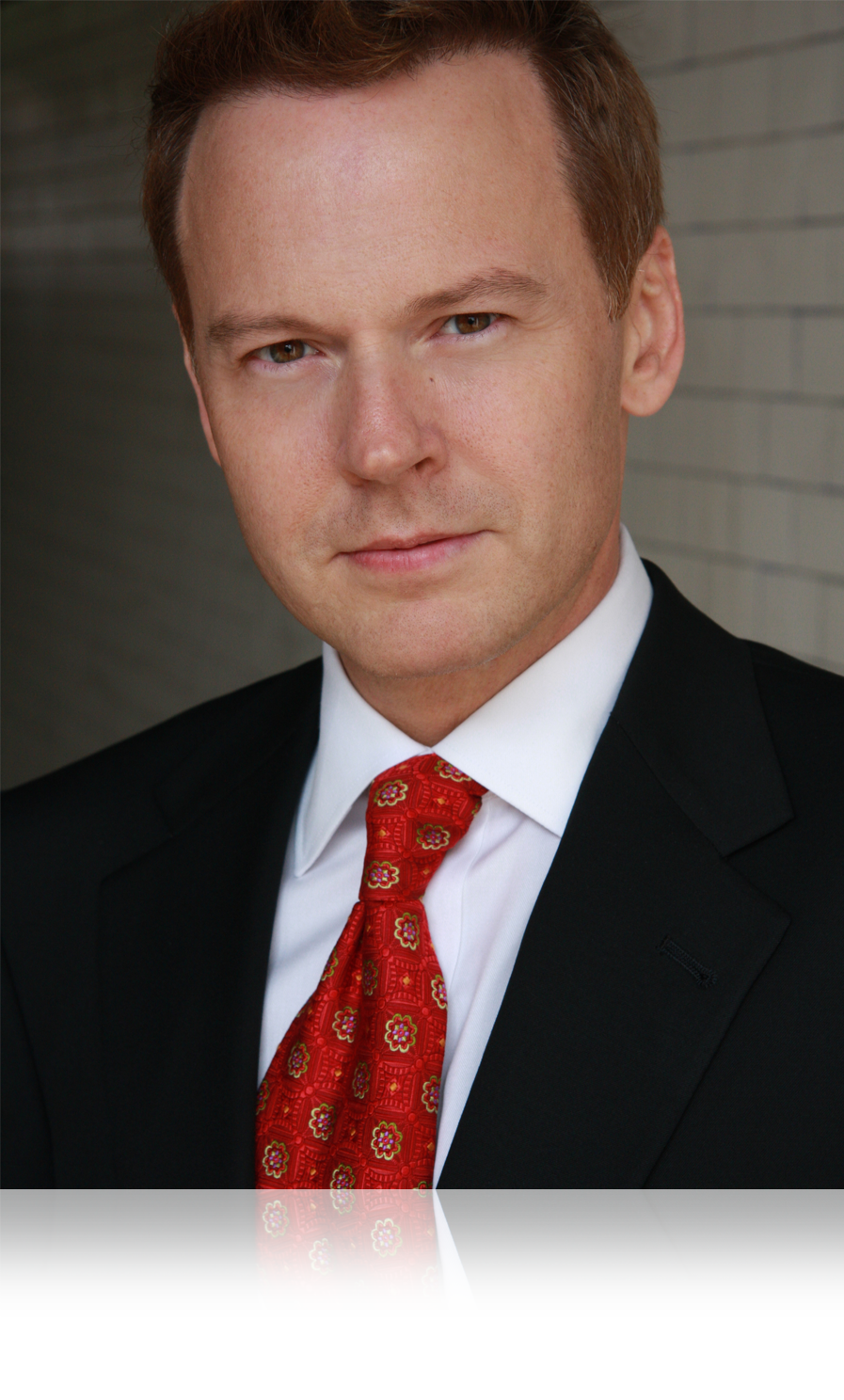

DR Andrew j. HAYDUKE
Gynecomastia is overdevelopment of the male breast. It can occur in response to too much estrogen (a female hormone) or too little testosterone (a male hormone). The glandular tissue of the breast swells and forms a breast bud (enlarged breast). Gynecomastia can occur in babies, teen boys, and even older men.

In teen boys, gynecomastia is usually caused by the simple hormonal changes of puberty. Gynecomastia occurs in many boys during early puberty to middle puberty. It usually goes away within 6 months to 2 years on its own. Evaluation by a pediatrician or family doctor is recommended for this age group.
In adult males, gynecomastia can be caused by other conditions, such as liver or lung cancer, cirrhosis of the liver, overactive thyroid , or by hormone problems, such as cancer of the pituitary glands, adrenal glands, or testicles. Alcohol, marijuana, methamphetamine, and heroin use also may cause gynecomastia in teens and adults.
Different grades (severity) of gynecomastia exist. Grade 4 shows the most droop of the nipple and areola.

Gynecomastia can usually be diagnosed from a physical exam and medical history. Further tests may also be necessary. If the breast lump is unusually large, one-sided, tender, or hard and fixed, a biopsy may be done to rule out other problems.
Any man who finds a one-sided breast lump should let his doctor know if he has close relatives who have had breast cancer (mother, sister, or daughter). If there is any concern about cancer, a lump can be checked with a biopsy or surgery.
Gynecomastia in babies and teens normally does not require treatment and will usually simply go away on its own. If it is caused by medicine or disease, stopping the medicine or treating the underlying disease will often cure the gynecomastia. If it is caused by a lack of testosterone and increase in estrogen, hormonal treatment may be prescribed. Surgery may be a choice for some men if other treatments have not worked.
Before undergoing male breast reduction by Dr. Hayduke, discuss the possible underlying causes for breast development with your primary care physician (family doctor). It may be possible to correct the issue without surgery. Ideal candidates for male breast reduction surgery are over the age of 18, to rule out puberty-related causes of temporary breast development. Patient wishing to undergo male breast reduction who are over 30 pounds overweight should also attempt to lose weight first, as this may correct the issue.
Those who drink alcohol excessively or smoke marijuana should stop these activities, as both are potential causes of gynecomastia. Other potential causes include the use of certain medications, especially steroids, or impaired liver function. If these causes have been ruled out, male breast surgery may be right for you.
If you have been diagnosed with gynecomastia and all other causes have ruled out, male breast surgery may be right for you. Typical patients for this procedure are fully grown men who are self-conscious about the extra tissue on their chest. If you avoid taking off your shirt and exposing your chest in public, wear loose-fitting clothing to hide your breast development, or avoid physical and intimate activities that may expose your condition, male breast surgery may be right for you.
Male breast surgery may also be appropriate for those who have lost a substantial amount of weight, leaving behind excess fat or skin in the breast area.
During male breast surgery, excess breast tissue, fat, and sometimes even breast skin is removed from the chest. The goal of this procedure is to leave men with a more masculine silhouette. Ideal candidates for male breast reduction are in good overall health and in the normal weight range. Those with skin that is elastic and firm will respond best to this procedure.
Pseudogynecomastia can be considered as an imposter of true gynecomastia. Pseudogynecomastia looks very similar to true gynecomastia with the exception of the underlying tissue that is actually causing the breasts to look big. In the case of pseudogynecomastia, the reason for breast enlargement is just excess fat rather than excess glandular breast tissue. This excess breast fat leads to the chubbiness or feminization of the male breast. So if you think that you have gynecomastia just because you have a chubby chest, the first thing that you need evaluated is whether you have true gynecomastia or pseudogynecomastia. Pseudogynecomastia can also be treated surgically with direct excision and liposuction.

